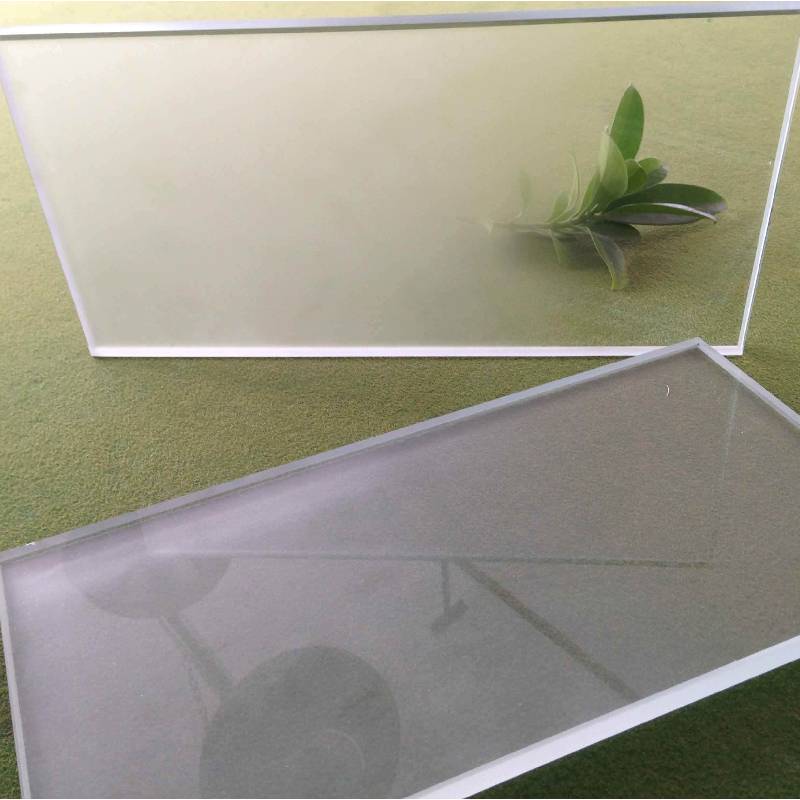

The Allure of IGUs A Deep Dive into Insulated Glass Units
In today's world, where energy efficiency and aesthetic appeal are crucial in architectural design, Insulated Glass Units (IGUs) have emerged as a game changer. Designed to enhance thermal performance, reduce energy consumption, and improve indoor comfort, IGUs are constructed with multiple panes of glass separated by a spacer, creating an insulating air or gas-filled space between them. This article explores the main features, benefits, applications, and advancements in IGU technology, emphasizing why they are becoming increasingly essential in modern construction.
Understanding IGUs
Insulated Glass Units typically consist of two or more panes of glass sealed together to form a single unit. The space between these panes is often filled with argon or krypton gas, which provides additional insulation due to these gases' lower thermal conductivity compared to air. Various types of glass can be used in IGUs, including low-emissivity (Low-E) glass that further enhances energy efficiency by reflecting heat back into a room during winter and keeping it out during summer.
Benefits of IGUs
The primary advantage of IGUs lies in their energy efficiency. By minimizing heat transfer, they help maintain consistent indoor temperatures, which reduces the load on heating and cooling systems. This not only leads to lower energy bills for homeowners and businesses but also contributes to a decrease in environmental impact. With the building sector being a significant contributor to carbon emissions, the adoption of IGUs can play a vital role in sustainability efforts.
Moreover, IGUs provide improved acoustic insulation. The multiple glass layers, combined with the air or gas-filled space, act as a barrier against outside noise. This feature makes IGUs especially advantageous in urban environments where noise pollution is a concern.
The safety and security offered by IGUs should not be overlooked. Many IGUs are made with tempered or laminated glass, which is less likely to shatter upon impact. This quality not only protects the inhabitants but also deters potential intruders, adding an extra layer of security to homes and buildings.

Applications in Architecture
The versatility of IGUs has made them popular in various architectural applications. From residential windows and patio doors to commercial storefronts and skylights, their design flexibility allows for large expanses of glass that enhance natural light and visual appeal. Architects and builders appreciate IGUs for their ability to create sleek, modern aesthetics while adhering to energy efficiency standards.
In addition to traditional applications, IGUs are increasingly being used in innovative designs, such as curtain walls and curtain-facade systems. These applications not only provide structural benefits but also contribute to the building's thermal performance.
Advancements in IGU Technology
As the demand for energy-efficient building materials increases, the IGU industry has seen significant advancements. Manufacturers are continually developing new coatings and glass types, including dynamic glazing options that allow the glass to change its tint based on sunlight intensity, further improving energy management. Smart glass technology, which can be controlled remotely, is gaining traction, allowing occupants to adjust transparency and heat gain through integrated systems.
Moreover, the integration of sustainable production methods is becoming more common in the IGU industry. Manufacturers are increasingly focused on reducing waste and utilizing recycled materials, contributing to a more sustainable construction process.
Conclusion
In conclusion, Insulated Glass Units (IGUs) are at the forefront of modern architectural design, combining aesthetic appeal with energy efficiency, acoustic control, and enhanced security. As technology continues to advance, the role of IGUs in sustainable building practices will only expand, making them an essential component of contemporary architecture. Whether in residential or commercial projects, the enduring benefits of IGUs will ensure their place in the future of building design.